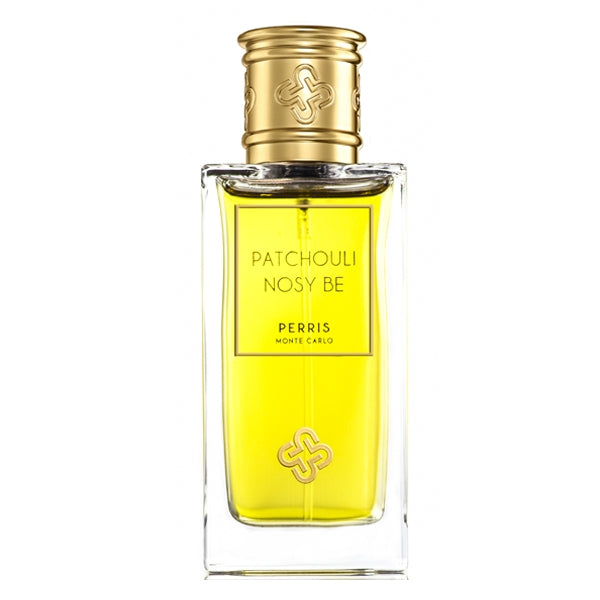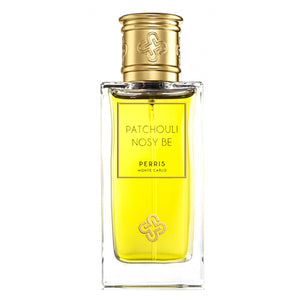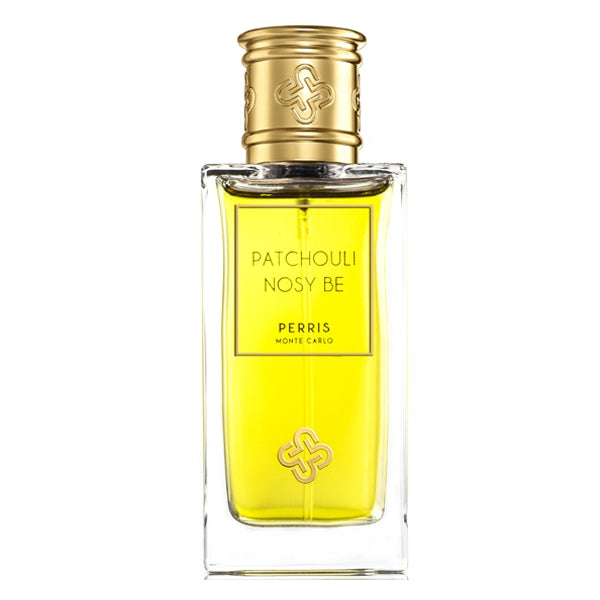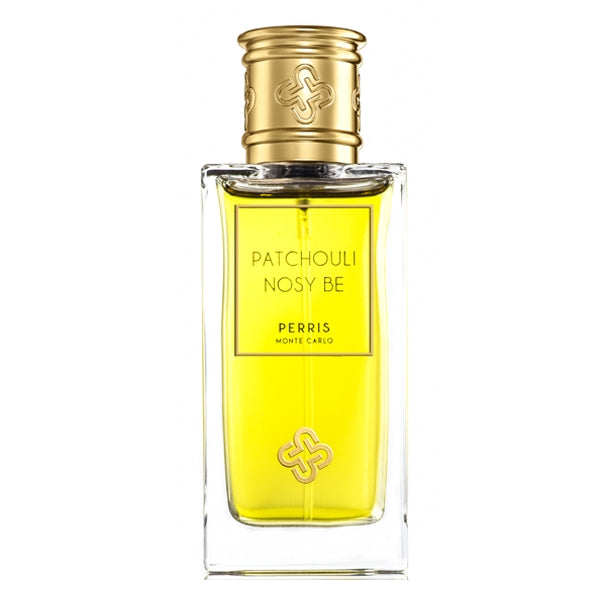French flavour manufacturer Robertet is presenting this exquisite raw material for the first time worldwide. Perris Monte Carlo honours this great privilege by seeking to highlight the unique properties that only Nosy Be patchouli can offer in combination with the rare spicy note of Peruvian pepper tree (Schinus Molle). This combination is accompanied by the woody, dry notes of cedar and sandalwood, as well as hints of cocoa with labdanum and vanilla.
The result is a warm, beguiling fragrance whose spicy top notes leave plenty of room for the complexity of patchouli. A fragrance with great staying power, it is ideal as a base for people who use this fragrance creatively and in many different ways. Applied before the other perfumes in the Perris Monte Carlo collection, it can introduce ‘Rose de Taif’, give ‘Ylang-Ylang’ an exotic touch and make ‘Oud Imperial’ unique.
Nosy Be
Nosy Be or Nossi-bé is an island off the north-west coast of Madagascar. It belongs to the province of Antsiranana and has 60,000 inhabitants. In the Malagasy language, ‘Nosy Be’ means ‘Big Island’ (and it is indeed the largest island in the archipelago), but it is better known by its nickname ‘Nosy Manitra’ (fragrant island).
This is due to the intense scents that can be smelled everywhere on the island, which is known for its rich vegetation of spices and plants. These include ylang-ylang, vanilla, coffee, cocoa, pepper, geraniums, cinnamon, frangipani and plants typical of northern Madagascar. The island's volcanic origin and the tropical climate that dominates the seasons make Nosy Be an island with exceptional flora and fauna. Its reputation as a small paradise is well deserved.
There are eleven volcanic lakes on the island, which are an important source of water for cultivation and an excellent habitat for animals. The landscape is extremely varied and dominated by large hills and low mountains such as the Lokobe Nature Reserve (450 m) and Mount Passot (350 m), from where you can enjoy a breathtaking view of the entire island. The rugged coastline has many inlets and small bays to offer.
Patchouli
Patchouli is a plant traditionally cultivated in Indonesia, China and India. In the past, patchouli leaves were used to keep pests and unpleasant odours away from precious textiles such as silk and cashmere. The scent permeated the fabrics and the women who wore these textiles could enjoy the beguiling fragrance together with the precious fabrics on their skin.
There were no patchouli plantations in Madagascar, and an attempt to grow patchouli a few years ago failed due to the island's extremely hot climate. The manager of Robertet's ylang-ylang plantation had a brilliant idea: he took some young plants from the abandoned plantation, propagated them by hand and replanted them on the island of Nosy Be.
He made sure the delicate plants were well protected from strong sunlight by large, shady trees on the plantation. This masterful experiment made it possible to create a new quality of patchouli essential oil. The herbal and sharp camphor notes are less prominent. Woody notes and aromas of bitter cocoa dominate this outstanding quality of patchouli oil.
The work required to cultivate the plants is long and laborious. Harvesting is also very strenuous due to the low height of the plant. The leaves are picked exclusively by hand, with the best ones being those that are already turning yellow. After harvesting, the leaves are stored in a dry, shady place for at least a week. During this time, the leaves lose moisture and trap the valuable essential oil in high concentrations.
Patchouli Nosy Be Extrait de Parfum
The increased concentration of patchouli in the Extrait de Parfum takes this hypnotic, beguiling fragrance to a whole new level. The properties of this sensational raw material are undoubtedly completely unique. A captivating fragrance of great intensity, warm and beguiling.




